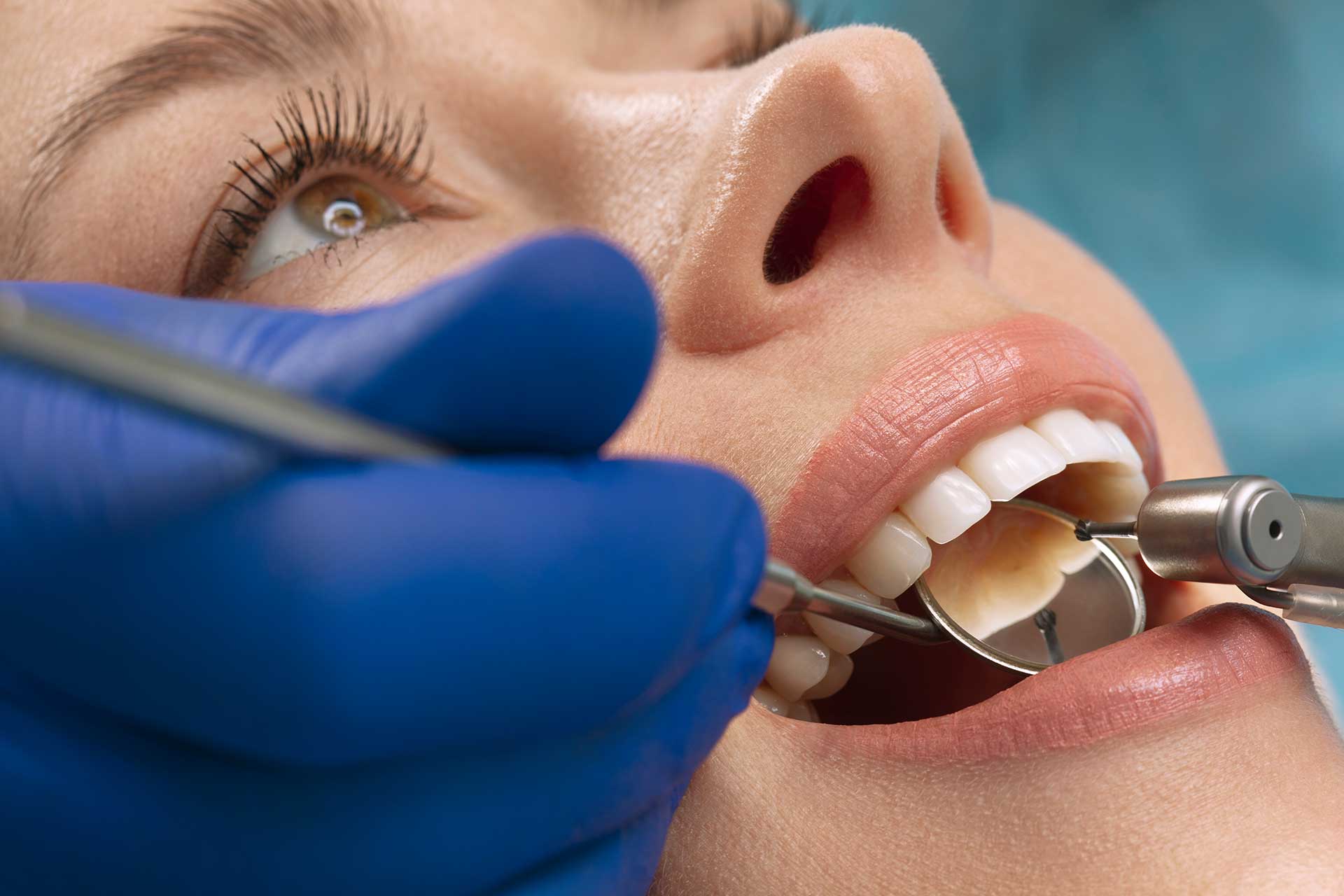Fillings
If more than half of the natural chewing surface of the tooth is damaged due to decay or fractures, an inlay or onlay restoration may be preferred instead of a filling or crown.
In what cases should it be done?
It is applied to decayed, broken or cracked teeth.
Inlays or onlays can be made of porcelain, dental gold or composite filling material and are bonded to the damaged area of the tooth.
Inlays are similar to known fillings. They are applied in cases where the tissue loss on the chewing surface of the tooth is not very extensive and the protruding parts of the tooth called “cusp” are not damaged by decay or fracture.
In onlays, the tissue loss on the visible part of the tooth in the mouth is more extensive. At least one or more protruding parts are damaged.
Ceramic fillings are superior aesthetic and durable fillings prepared in the laboratory. They are much more compatible with the tooth they are applied to and the neighboring teeth compared to composite fillings. This is due to the filling being prepared outside the mouth, in a laboratory environment. After the broken, decayed or old filled part of the tooth is removed, the remaining healthy part is measured and sent to the laboratory. They are prepared with a sensitive technology in a laboratory environment.
Pressable ceramic-based fillings are the most suitable material for dental tissue among the intraoral restoration materials available in the world. The most advanced technology is used in the preparation of this porcelain filling. Maximum retention is achieved with minimum material loss. Since they are a special compressed ceramic and are not hardened in the mouth, marginal leakage is minimal. In addition, these ceramic fillings are the materials closest to the hardness of the tooth and most compatible with the gum. Especially in cases of large material losses, they should be preferred instead of composite fillings or crown prostheses.
In the past, dental gold was used in the production of inlays and onlays, considering its resistance to chewing forces. Today, porcelain inlays/onlays are preferred with the development of special casting and durable porcelains. Because these porcelains both withstand chewing forces and provide perfect aesthetic harmony with the natural tooth.
When examined from an aesthetic point of view, porcelain inlays and onlays are the best method. In our clinic, empress material is used in porcelain inlays. Empress is a durable and highly aesthetic material that is accepted all over the world.









